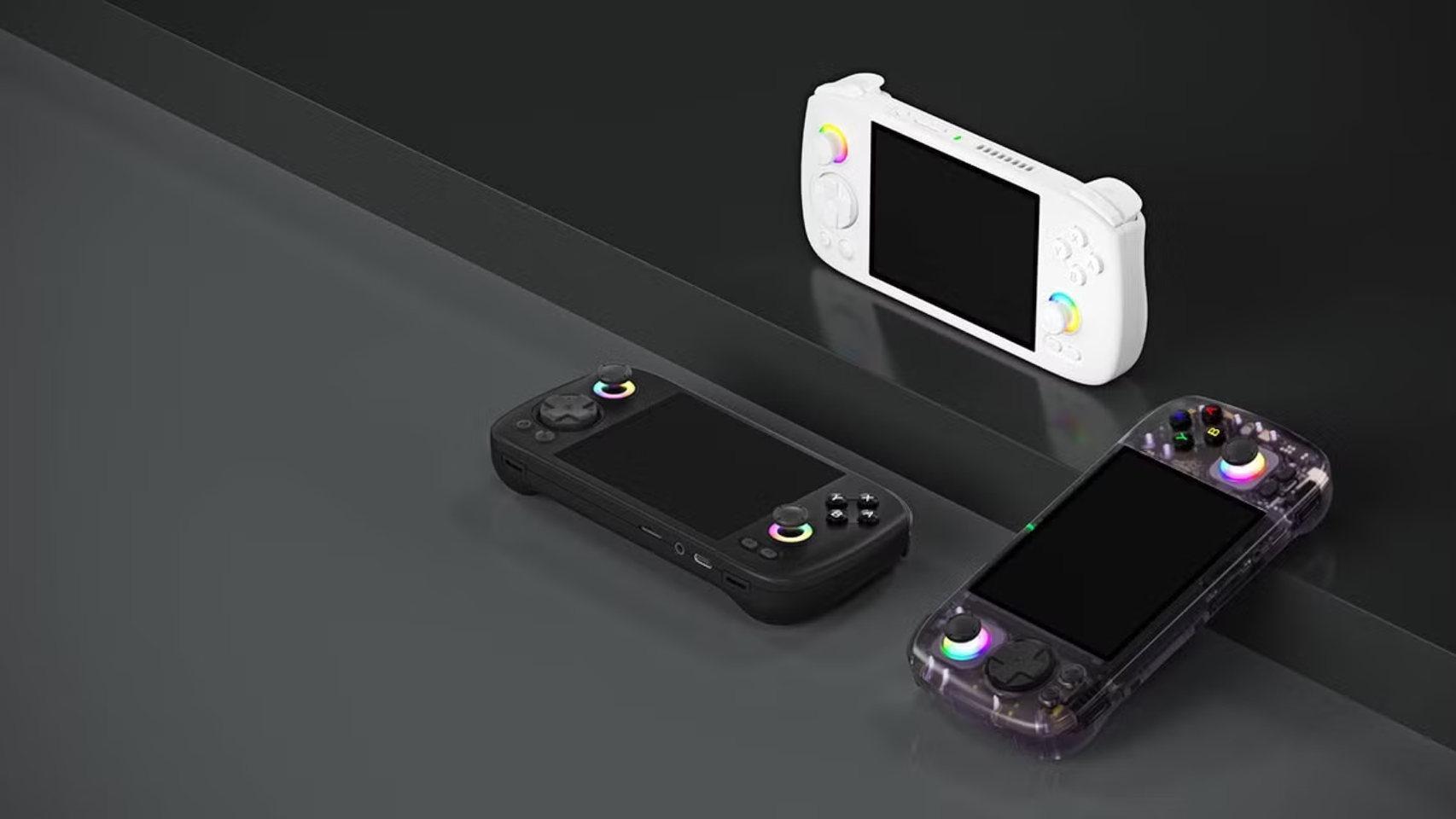We’re all used to our iPhone and any other battery powered device in general, letting us know when it’s low. In most cases, however, it is too late for us to remedy the situation. Something Apple wants to change with proactive ads.
A prediction and alert system to keep our devices always with enough battery
IPhone low battery warnings are there for more than just sending us a notification, they give us useful information. They invite us to activate the low consumption mode and remind us that it is better to reserve the battery for priority uses before it runs out completely. A few note that, while useful, there is still a lot to do
A “low battery” indication based on a fixed threshold of remaining charge is not received in time for the user to take corrective action. For example, if a user typically charges their smartphone at night, but forgets to do so on one occasion, receiving a “ low battery ” indication just before leaving for work the next day does not give the user time to charge. his phone before work.

The patent states that thanks to the data that the system already has on the battery, it would be possible develop a “load recommendation module” who was able to inform us of the need to recharge our iPhone. Just as the system currently knows our charging patterns to set up optimized charging, which 20% to reach 100% entered just before we unplug our iPhone, this system would use app usage and power usage information to his predictions.
A system that can calculate the hours we charge our iPhone and let us know if the battery charge will not be enough to last until the next charge.
The patent is based on the fact that our charging habits are more or less regular and goes one step further in freight notifications. Something that, without reaching the complexity of the patent, we already see in the Apple Watch that they warn us if there is less than 30% battery before falling asleep.
If the computer system notifies a user to bill with a fixed value of 10% charge remaining and it is determined that the user typically bills at 10 p.m. and it is now 10 p.m. and the energy storage device has currently 30% charge remaining, user will not receive notification.
However, if the analysis of the current and stored state of charge information indicates that the user will not reach their next high probability charge time without running out of power, the computing device may display a notification of ‘charge notice at 22:00, even if the current state of charge is above the fixed threshold of 10% of remaining power.
In other words. The future iPhone, and other devices, will be able, according to the patent, to calculate the hours during which we charge our iPhone and warn us if, around these times, the battery charge will not be enough to hold, depending on the use. scheduled, until the next load. A system which, although it can be summed up in a few words, is much more complex to implement on a daily basis. However, I hope we can see it soon.









